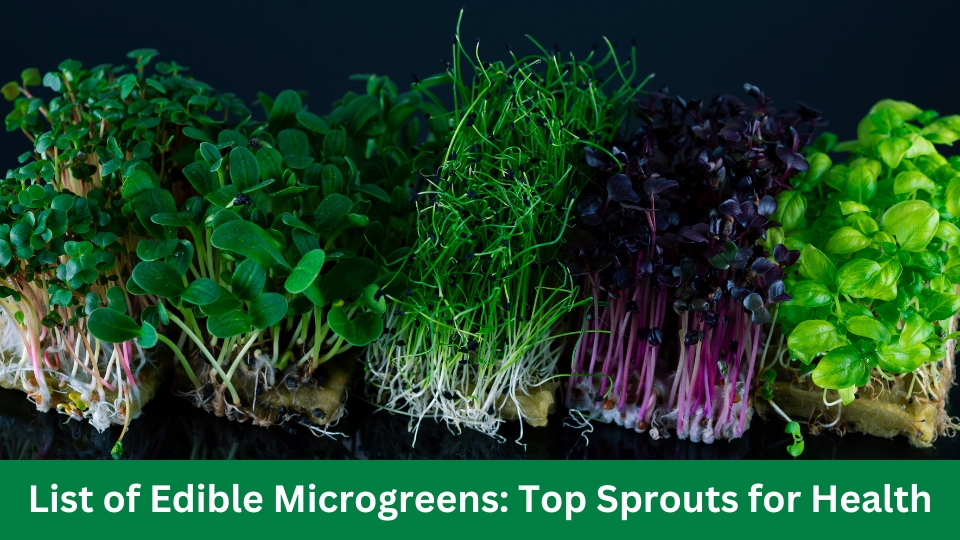Common list of Edible Microgreens include arugula, basil, beets, broccoli, and radish. Other varieties encompass kale, cilantro, amaranth, and mustard greens.
Microgreens, the young seedlings of vegetables and herbs, have surged in popularity due to their nutritional value and visual appeal. These tiny plants pack a flavor punch and can be grown indoors year-round, making them accessible for home cooks and chefs alike.
Microgreens are an excellent source of vitamins and minerals and elevate the taste and aesthetics of dishes. Home gardeners and urban farmers find microgreens a gratifying crop due to their quick growth cycle and minimal space requirements.
Microgreens bring freshness and a gourmet touch to any meal, whether used as a garnish or a substantial salad base. Their ease of cultivation and broad spectrum of flavors and textures make them a stellar choice for health-conscious eaters and culinary enthusiasts.
The World Of Microgreens: Healthful Delights
Welcome to the vibrant world of microgreens, where tiny leaves burst with flavor and nutrients. Microgreens offer a rainbow of options for those seeking a healthful meal boost.
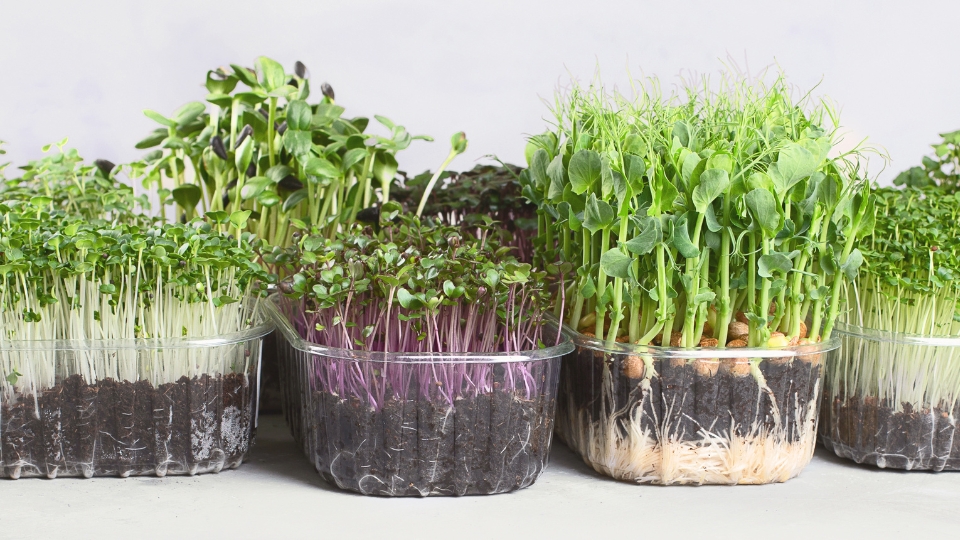
What Counts As A Microgreen?
Microgreens are young vegetable greens. They are harvested just after the cotyledon leaves develop. They are bigger than sprouts yet smaller than baby greens.
Not to be confused with sprouts, which do not have leaves, microgreens boast a variety of leaf types and colors.
- Radishes: Spicy and crisp
- Peas: Sweet and tender
- Arugula: Peppery with a kick
- Kale: Slightly bitter and full of texture
- Beet greens: Sweet and colorful
- Sunflower: Nutty flavor with a crunch
Why Microgreens Pack A Nutritional Punch
Despite their small size, microgreens are giants in the nutritional world. Here’s why:
- They are rich in vitamins like C, E, and K.
- They contain potent antioxidants.
- High levels of minerals are common in these greens.
- Microgreens have higher nutrient levels compared to mature plants.
For example, red cabbage microgreens are loaded with vitamin C, while cilantro microgreens help detoxify heavy metals.
Microgreens are nutritious and versatile; they can be used on sandwiches, in salads, or as a garnish for that extra pop of color and nutrition.
Popular Microgreens And Their Flavor Profiles
Microgreens aren’t just a garnish on your plate. They’re tiny powerhouses of flavor. Each variety comes with its unique taste profile. Let’s explore some favorites and what makes them stand out in the world of tiny greens.
The Spicy Radish Microgreen
Spicy radish microgreens bring a peppery kick to dishes. They resemble mature radishes in taste but with an added intensity. This microgreen goes well with tacos, sandwiches, and salads for an extra punch.
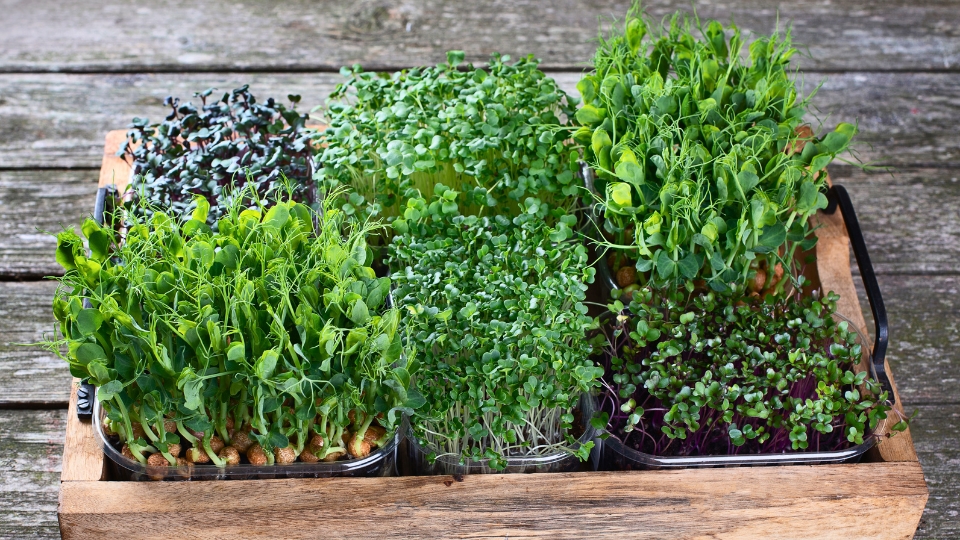
Sweet And Nutty Sunflower Greens
Sweet and nutty sunflower greens offer a crunchy texture. They provide a mild nuttiness and are a delightful contrast to other, more intense flavors. Pair them with fruits or cheeses to enhance their sweetness.
| Microgreen | Flavor Profile | Best Paired With |
|---|---|---|
| Radish Microgreens | Spicy and Peppery | Tacos, Sandwiches, Salads |
| Sunflower Greens | Sweet and Nutty | Fruits, Cheeses |
Dive into the world of microgreens and discover how these flavors can elevate your plates.
Must-try Microgreens For Every Kitchen
The world of microgreens offers a delightful array of tiny, nutrient-packed powerhouses. These are perfect for enhancing the flavor and nutrition of your meals. This guide introduces must-try microgreens to elevate your kitchen game.
The Versatile Alfalfa
Alfalfa microgreens are a must-have for every kitchen. Easy to grow and bursting with nutrients, they bring a subtle nutty flavor to salads, sandwiches, and wraps. These microgreens are versatile and rich in vitamins A, B, C, and E.
- Rich source of antioxidants
- Helps in digestion
- Supports bone health
Red Amaranth: A Colorful Addition
Red Amaranth stands out with its vibrant red leaves. Perfect for adding a splash of color and a peppery punch to your dishes. This microgreen is not only about looks; it’s packed with iron, calcium, and protein.
| Nutrient | Benefit |
|---|---|
| Vitamin A | Improves vision |
| Vitamin C | Boosts immune system |
| Calcium | Strengthens bones |
Include these tasty and nourishing microgreens to infuse both flavor and color into your everyday meals. With benefits galore and flavors to savor, these greens are ready to transform your culinary creations.
Each microgreen is unique. They offer a distinct taste and a whole host of vitamins and minerals. Explore these greens to find your favorite and make your dishes pop with color, texture, and nutrition.
Microgreens Versus Sprouts: A Culinary Comparison
Tiny but mighty, microgreens and sprouts excite food enthusiasts and health-conscious eaters alike. Finding their way onto high-end plates and inside casual sandwich wraps, these pint-sized greens are often mistaken for each other.
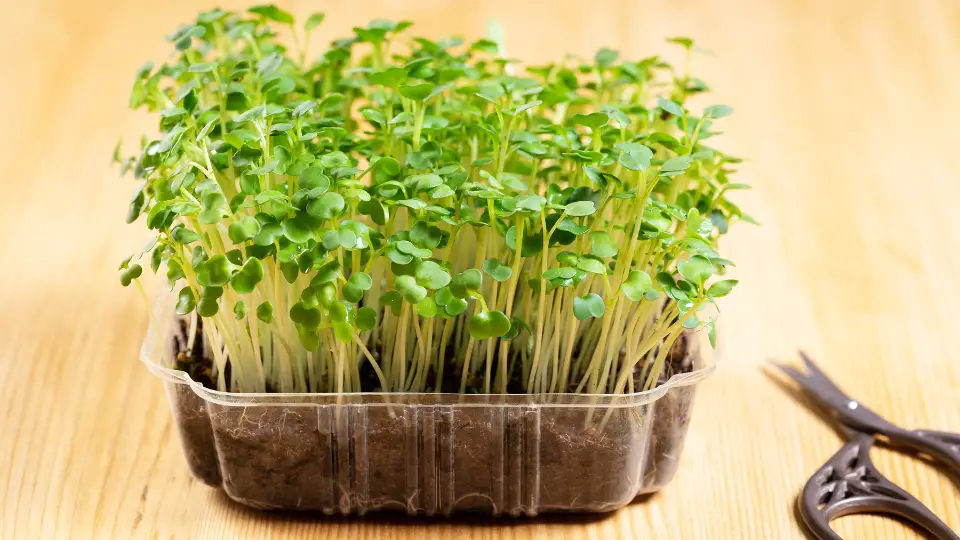
Differences In Growth Stages
Understanding the growth stages of these greens is key to appreciating their unique profiles. Let’s delve into their distinct differences.
| Microgreens | Sprouts |
|---|---|
| Harvested after initial leaves appear. | Picked just after seeds germinate. |
| Require soil or a soil substitute to grow. | Grow in water without the need for soil. |
| The growth period ranges from 1-3 weeks. | Ready to eat in 2-7 days. |
Safety And Culinary Uses
Safety is as critical as taste. We must consider how these greens are grown and consumed.
- Microgreens require sunlight and proper ventilation, reducing bacterial growth risks.
- Sprouts are grown in moist environments, which can harbor bacteria if not handled properly.
- Rinsing sprouts thoroughly and eating them cooked can help reduce any potential health risks.
Culinary uses vary between microgreens and sprouts, offering a range of flavors and textures to dishes.
- Microgreens add a vivid splash of color and a burst of taste to salads, sandwiches, and garnishes.
- Sprouts bring a fresh crunch to wraps, spring rolls, and even soups.
- Each adds nutrients and vitamins to your meals in a delightful bite-sized package.
Growing Your Own: A Starter Guide For Microgreens
Embarking on the journey of growing microgreens offers your dishes a delightful palette of flavors. Cultivating these tiny plants is easy, rewarding, and can be done right at home.
Whether you are a seasoned gardener or a beginner, this guide will give you the necessary steps to grow microgreens indoors. Let’s get started!
Indoor Planting Basics
Start with understanding the essentials of indoor planting. The right environment can make a big difference in yield and taste. Here’s a simple checklist to ensure your microgreens thrive:
- Containers: Any shallow tray or container will do.
- Soil: Use a quality potting mix for healthy growth.
- Light: A sunny window or grow light is necessary.
- Watering: Keep the soil moist but not waterlogged.
- Air circulation: Good airflow prevents mold.
Set up your planting station with these items, and you’re ready to grow!
Choosing The Right Microgreens Seeds
Selecting seeds is where fun and flavor come into play. Look for seeds that are specifically labeled for microgreens. These are some popular options:
| Microgreen | Flavor Profile |
|---|---|
| Arugula | Peppery |
| Kale | Nutty |
| Radish | Spicy |
| Peas | Sweet |
| Sunflower | Crunchy |
Experiment with different seeds to find your favorites. Ensure they are organic and untreated for the best results.
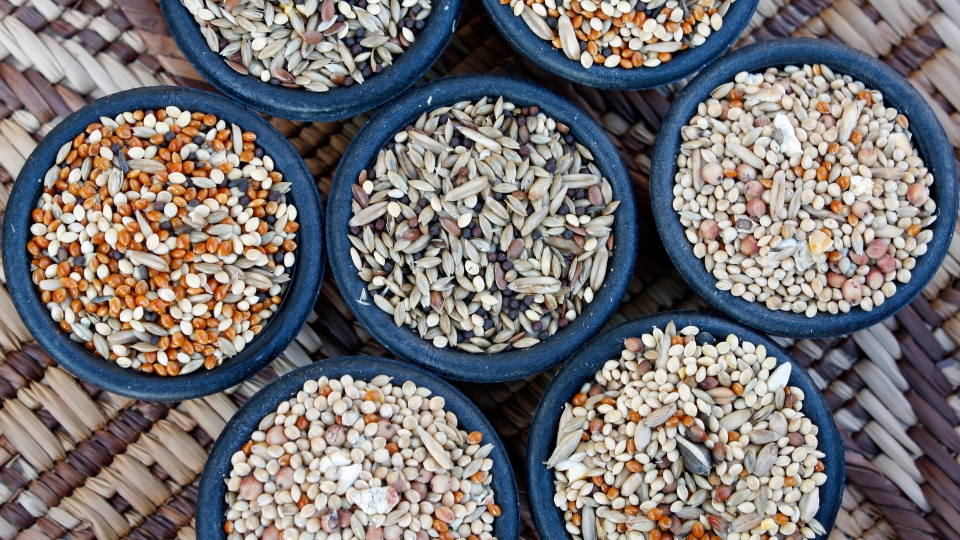
Incorporating Microgreens Into Daily Meals
Microgreens, the young seedlings of vegetables and herbs, are a vibrant addition to your plate and packed with nutrients. Effortlessly elevate the nutritional value of any meal by integrating microgreens into each dish.
This post offers creative ways to include these tiny yet mighty greens in your diet, starting with the day’s most important meal.
Topping Off Your Breakfast
Begin your morning with a boost of flavor and color. Microgreens can be a fresh topping for omelets, scrambled eggs, or avocado toast. Check out these easy ideas to incorporate them into your breakfast:
- Stir into your scrambled eggs just before serving.
- Sprinkle over a hot bowl of oatmeal for a savory twist.
- Layer between slices of cheese and ham in your breakfast sandwich.
Microgreens In Main Courses
When it comes to main dishes, microgreens are versatile. They add texture, flavor, and a nutritional punch to any meal. See how you can make these small greens the star of your lunch or dinner:
- Mix into salads for an instant upgrade.
- Garnish your soups or stews with a hearty handful.
- Blend into your smoothies or juices for a quick, nutrient-filled snack.
From pizzas to pasta, microgreens easily integrate into your favorite dishes. Try these:
| Dish | Microgreens Pairing |
|---|---|
| Grilled Cheese Sandwich | Radish microgreens |
| Lemon Garlic Pasta | Arugula microgreens |
| Pizza | Red amaranth microgreens |
Microgreens For Health: Understanding Their Benefits
Microgreens are tiny but mighty. These young vegetable greens pack a nutritional punch. They are used in kitchens around the world. They are not just for garnishing dishes. Microgreens offer health benefits that are grabbing attention. Let’s dive into what makes them superfoods.
Antioxidant Content And Chronic Disease
Microgreens are rich in antioxidants. These nutrients are essential. They protect our cells from damage. Free radicals cause this damage. It leads to chronic diseases. Microgreens can help fight heart disease, diabetes, and cancer.
- Rich in Vitamin C: Boosts immune health.
- High levels of Vitamin E: Skin and eye health benefits.
- Contains Vitamin K: Essential for blood clotting.
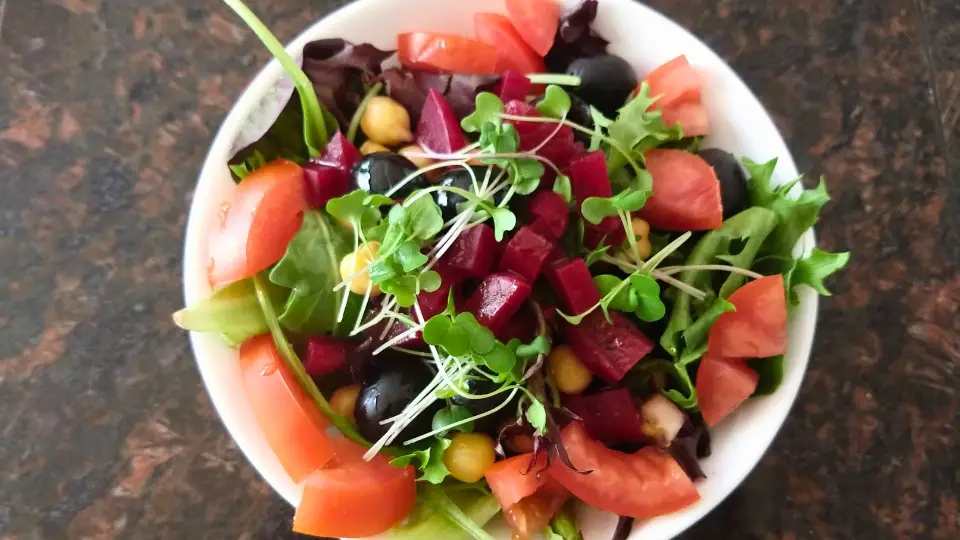
Microgreens In Weight Management
Microgreens are low in calories. They make a perfect addition to a weight management diet. Their high fiber content helps you feel full. More nutrients, fewer calories. It is a win-win for your waistline!
| Microgreen | Fiber Content | Calories |
|---|---|---|
| Pea Shoots | 2.8g per cup | 40 calories |
| Radish Greens | 1.9g per cup | 16 calories |
| Sunflower Greens | 1.2g per cup | 26 calories |
Navigating The Market: Purchasing And Storage Tips
Exploring the vibrant colors and varieties of microgreens at your local farmer’s market or grocery store is an adventure. The journey from purchase to plate is simple with the right know-how.
Freshness is key, and maintaining that freshness at home is crucial for enjoying these nutrient-packed greens at their best. Read on for expert advice on selecting the finest microgreens and keeping them vibrant in your kitchen!
Selecting Fresh Microgreens
Look for vibrancy and crispness while shopping for microgreens. The leaves should be upright and bright, showing they are at their peak. Signs of wilting or discoloration suggest they are past their prime. A gentle sniff test confirms freshness; they should smell earthy and green, not sour or musty.
Check the packaging, as it speaks volumes about quality. Clear, secure containers prevent damage and contamination. Avoid any packages that have condensation, as this moisture can accelerate spoilage.
Optimal Storage Techniques
Once home, proper storage is paramount. Microgreens are delicate and can spoil quickly without care. A few simple steps ensure they stay fresh longer.
- Refrigeration is vital. Microgreens last longer when kept cool. Aim for a temperature between 36°F to 40°F.
- Avoid rinsing before storage. Wait until just before use to wash them. This preserves their lifespan.
- Store them dry. If they appear wet, gently pat them dry with a paper towel before refrigerating.
- Use airtight containers. These containers prevent air exposure. Seal the microgreens carefully.
- Layer with paper towels. Place a paper towel at the bottom of the container. Add another on top of the greens to absorb moisture.
Frequently Asked Questions Of List Of Edible Microgreens
What Is The Healthiest Microgreen To Eat?
Broccoli microgreens are among the healthiest, packed with vitamins A, C, and E, calcium, and iron. They’re easy to incorporate into many dishes for nutritional benefits.
Are All Microgreens Edible?
Not all microgreens are edible; some can be toxic. Always verify that the plant variety is safe for consumption before eating.
What Greens Are Considered Microgreens?
Microgreens are young vegetable greens, including kale, arugula, radish leaves, basil, and cilantro. They are harvested early for their intense flavor and nutrient content.
Final Word
Embarking on your microgreens adventure is both healthy and fun. These tiny plants pack a nutritional punch and spice up any dish. From spicy radish to delicate pea shoots, the variety is staggering. Explore these flavorful greens to elevate your culinary creations.
Start growing and savor the freshness!
Information Source Video Link: https://www.youtube.com/watch?v=TyRxLB_SOKs&t=206s

